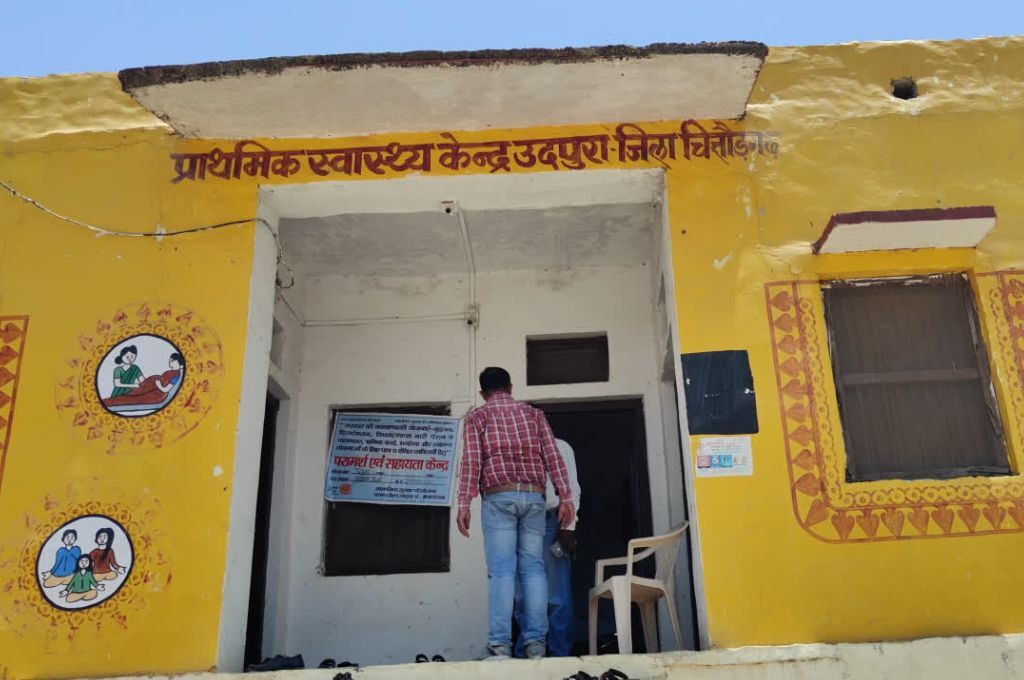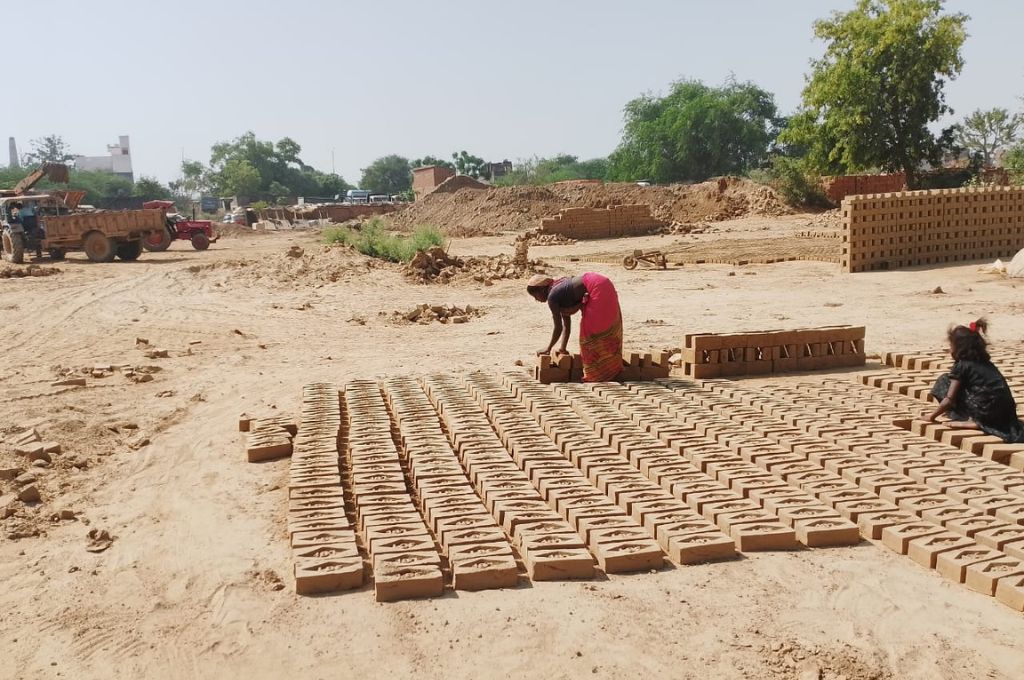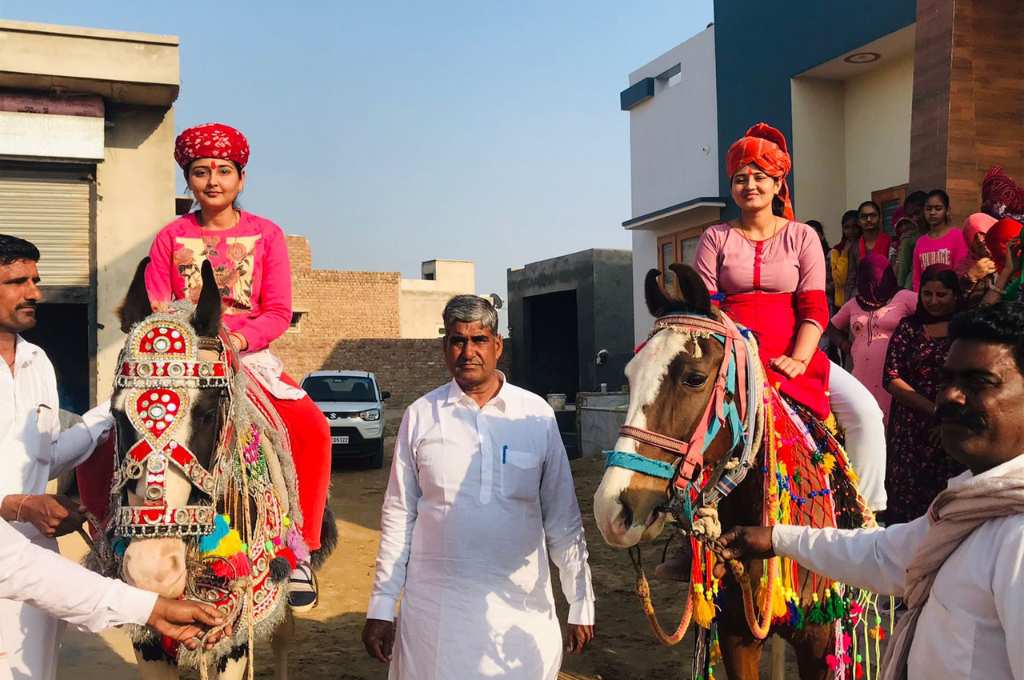Conflict to conservation: The Corbett story
An under-emphasised driver of human–wildlife conflict is the depredation of livestock owned by forest-fringe communities. Every year, 700–800 cows and buffaloes are preyed upon by large carnivores such as tigers and leopards in and around Corbett Tiger Reserve (CTR). This area includes the buffer zone of CTR and parts of the forest divisions of Almora, Ramnagar, Pauri, Bijnor, and Terai-West, an expanse that covers approximately 350 villages.
Loss of livestock is a great economic and social setback for livestock owners, who depend on it for their sustenance and livelihood. When villagers discover a livestock carcass, resentment and fear can push them to retaliate against the predator by poisoning the partially eaten body, hoping to kill the carnivore when it returns to consume the rest of the animal.
In a bid to mitigate this threat, The Corbett Foundation (TCF) runs the Interim Relief Scheme in partnership with WWF (India) and the forest department as part of its broader conservation programme.
Under this scheme, villagers are required to phone our offices within 72 hours of discovering a carcass. Our team will drive to the spot within 24 hours, record and document the kill, and offer the affected party monetary compensation (interim relief). This amount—INR 300 for a calf (under a year old) and INR 4,000 for an adult animal—is in addition to the ex gratia compensation offered by the forest department, a sum that varies across states. In Uttarakhand, it is INR 30,000 but can take a couple of months to be paid out. This takes even longer in forest divisions outside the reserve. For the last couple of years, ex gratia payments have been disbursed from the State Disaster Relief Fund.
Compensation by the department requires proper documentation, which includes photographing the scene and the owner; examining pugmarks, claw marks, and drag marks; and noting the GPS location of the kill. Claiming the compensation itself is no easy process. Sometimes villagers have to make multiple trips of 40–50 km to a forest office before they finally receive the amount. The delayed response can further aggravate the matter. Under these circumstances, poachers might find it easy to establish links with locals and obtain information from disgruntled villagers about the location of a kill.
This is why prompt action is vital.
The 24-hour response guaranteed by the Interim Relief Scheme has two benefits: It reassures the aggrieved party of receiving prompt compensation and assistance in their time of need, and it helps gather valuable data on type and pattern of predator behaviour. In times of heavy rain or any unforeseen event, when our team is unable to reach a spot within the guaranteed 24-hour window, we ask the villager to have a local forest officer verify the case, after which we disburse the amount. Not a single case of carcass poisoning has been reported from the area covered under the scheme in all these years.
The Interim Relief Scheme is an expensive, labour-intensive programme. But we will have to continue it until the government comes up with a similar mechanism and, at the same time, allocates sufficient funds not just to the protected areas but also to the territorial forest divisions. Because the welfare of the forest depends on the welfare of the people who live around it.
Harendra Singh Bargali is a conservation biologist and the deputy director of The Corbett Foundation.
—
Know more: Read this to learn more about how deforestation is accelerating human wildlife conflict.
Do more: Connect with the author at [email protected] to learn more about and support his work.



